You’ve probably heard of employer branding. You may have even read about it on our blog, and followed the steps to building a strong employer brand. If you think of…
You’ve probably heard of employer branding. You may have even read about it on our blog, and followed the steps to building a strong employer brand.
If you think of “employee branding” as how your company is perceived by current and potential employees — well, that’s a pretty good starting point.
But What is Employee Branding?
Like employer branding, employee branding also involves presenting the company in the best possible light in front of employees, job candidates, internal and external stakeholders, and customers.
Let’s turn to Sandra Miles and W. Glynn Mangold’s Kelley School of Business research paper to arrive at a definition of employee branding: it is “the process by which employees internalize the desired brand image and are motivated to project the image to customers and other organizational constituents.”
“It’s about getting your employees on board with who you are and what you do,” wrote business writer Ted Bauer. “Then, through social sharing and word of mouth, they convey that externally.”
How can employee branding help your company?
Like employer branding, employee branding efforts feed back into how your company is seen by people who might apply to work for you, as well as those who are your existing and potential customers.
Organizations with strong employee branding have the ability to turn their employees into powerful brand ambassadors. Moreover, they are more likely to improve employee loyalty, build a positive brand reputation, increase employee motivation levels, and attract and secure the right talent.
Encouraging employees to become brand ambassadors
An MIT Sloan Management Review article details how some of today’s most successful brands are implementing “employee branding” programs to accompany employees — including members of the C-suite and leadership team — on their digital journeys and help them communicate on social media.
On the whole, however, employees display very low brand engagement on social media, in many situations not following or “liking” the company’s pages on social media sites like Facebook, Twitter, LinkedIn, and Instagram.
This is where employee branding comes in.
The objective is to be able to guide or shape employee behavior so that the people who work for the company can effectively and creatively project the brand identity of the organization through their work behavior as well as their public and social media behavior.
Employee Branding Program: Getting Started
An increasing number of executives are becoming interested in how employee branding can help them achieve a competitive advantage. Here are some important considerations to make if you’re just getting started:
Teach employees about your brand. The first step in employee branding is to create, teach, and instill the brand message in the minds of your employees.
Naturally, this message must be a positive and “attractive” one, a message that employees can associate with and which makes them likely to identify with your organization.
Conduct brand training. Employee branding requires processes like brand education and interface training. These are designed to teach your employees how to represent the brand through their behavior, and to create structured opportunities for them to be able to practice representing the brand and become ambassadors.
Drive organizational communication. With current and new employees, don’t fail to talk (and keep talking) about what your organization is all about. Your messages should clearly, frequently, and consistently convey the organization’s mission, values, and desired brand image. Set expectations and improve employees’ role clarity through ongoing internal communications, human resource activities and initiatives, and informal socialization processes.
Finetune hiring and recruitment. It’s difficult to turn employees into brand ambassadors if your hiring and recruitment processes aren’t, in the first place, attracting the right people. Proactively manage your employer brand, listen to and address valuable employee feedback, provide accurate and specific job previews, and make the commitment to grow your organization by selecting the right people for the job.
Listen to employee feedback. Miles and Mangold assert that the employer-employee feedback loop is a critical component of the employee branding process. “It allows organizations to monitor the consequences of the process and to identify areas for improvement. Failure to achieve desired consequences suggests that the process be re-examined for deficiencies in message design and delivery.”
Deliver a great employee experience. Focus on creating an environment where all employees feel like they have a stake in sharing and communicating the brand message.
Launch initiatives that improve retention, increase employee satisfaction, and foster a culture based on candid feedback sharing, transparency, and open communication. Remember: engaged, motivated employees are more likely to become brand ambassadors than employees who aren’t.
“Organizations are continually seeking ways to retain customers and build brand loyalty by enhancing their images,” concluded Miles and Mangold. “Employees vividly project an organizational image to customers and other constituents. Whether the image is positive or negative is critical to the effective positioning of most organizations.”


